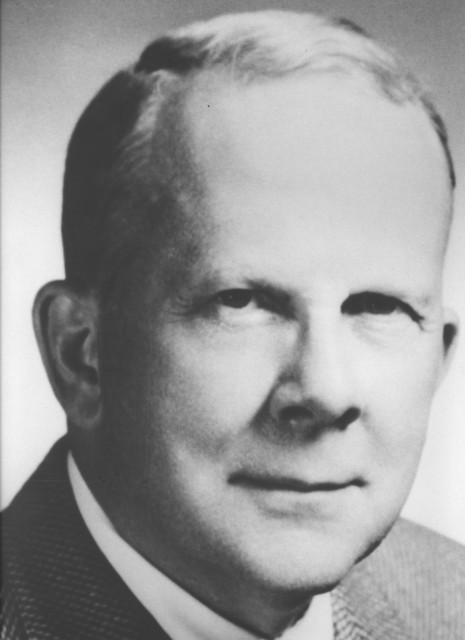Louis Plack Hammett
1894-1987

Hammett's book "Physical Organic Chemistry", published in 1940 (2nd edition in 1970), was the first to use that term in its title; it had a profound influence for several decades on the development of the field, especially in the United States. It helped bridge the substantial gap (one could almost say distaste for one another's subject) that existed prior to that time between physical and organic chemists. The book included chapters on two of Hammett's own original researches: (1) the equation (later known as the Hammett equation) for correlating the effects of meta and para substituents on the rate or equilibrium constants for side-chain reactions of benzene derivatives, the so-called "linear free energy relationship", and (2) the study and applications of concentrated solutions of strong acids through the acidity function (later called the Hammett acidity function H0). This seminal work was extended widely, mainly by others, into quantitative studies of reaction mechanisms. Hammett, who spent his entire career at Columbia, regarded himself as a physical chemist (he wrote two other texts, "Solutions of Electrolytes" and "Introduction to Physical Chemistry") who found his research outlet in studying organic compounds and their reactions. Among his many honors was the National Medal of Science (1968).
Sponsor: Rosetta N. Reusch
Location in chemistry building: Fifth Floor; West Wing North Wall; Sequence 2
Source: Columbiana